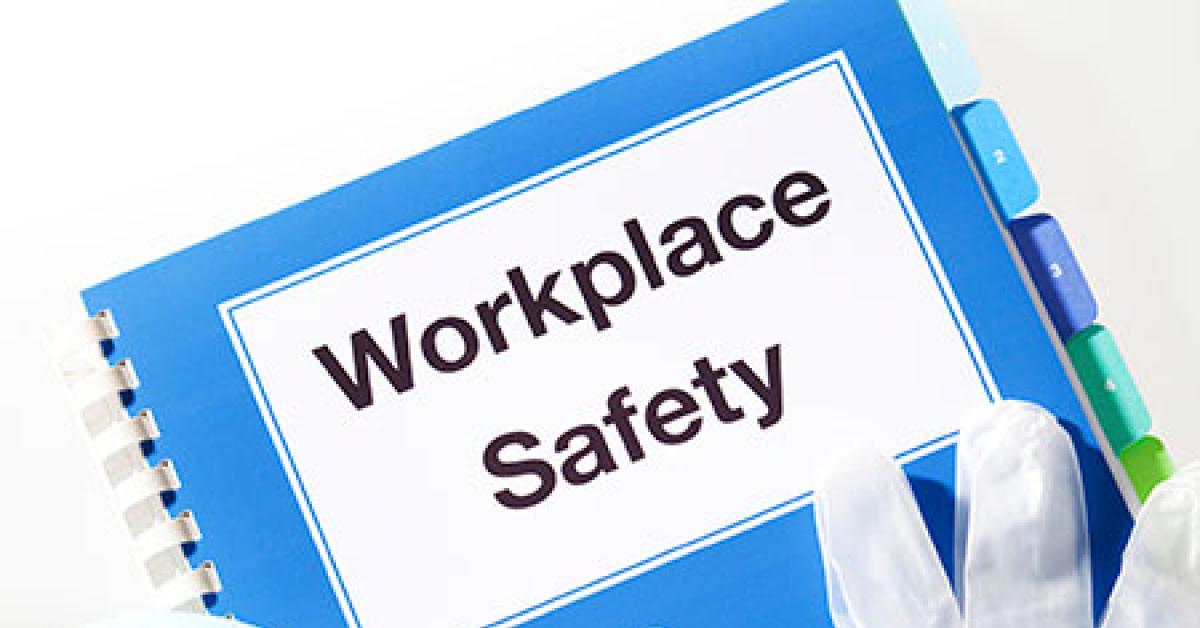ATLANTIC CITY, N.J. — The Occupational Safety and Health Administration (OSHA) was established in 1971 for the purpose of ensuring safe and healthful working conditions for working men and women. How does OSHA do this today? By setting and enforcing standards, and by providing training, outreach, education and assistance.
Given the potentially dangerous equipment and chemicals that dry cleaners work with daily, it stands to reason that a dry cleaner like yours might be high on an OSHA inspector’s must-see list.
Henry Parker, of Safety & Environmental Compliance Consultants in Riverside, Calif., has seen plenty in his 20-plus years in business, and he recently told an audience at the Pennsylvania and Delaware Cleaners Association (PDCA) Expo what it takes for a dry cleaner to steer clear of potential OSHA violations.
HAZARD COMMUNICATION STANDARD
In 2012, OSHA revised its Hazard Communication Standard (HCS), aligning it with the United Nations’ global chemical labeling system. Employers that have hazardous chemicals in their workplaces are required by the Standard to implement a hazard communication program.
The program must include labels on containers of hazardous chemicals, safety data sheets (SDS) for hazardous chemicals, and training for workers. Each employer must also describe in a written program how it will meet the HCS each of the areas.
“If I’m an OSHA inspector, and I’m coming to your plant to see the Hazard Communication Standard that you wrote 20 years ago, it better not have dust on it, because that would indicate to me that it’s not being used,” Parker says.
Failure to use the Standard can subject you to “all kinds of issues with the government,” he adds.
It may seem logical to provide safety training for your employees once a year, but what about the person you hired a month after your last training session? “For the people who work there (the next) 11 months, they don’t know anything other than what they pick up from the other people at work. That’s not good. You want to teach everybody the same thing.” He hints at the need to train more often.
In the event of a fire, clear labeling of chemicals will help firefighters understand the nature of the crisis and how to safely battle the blaze. Every employee should know where your fire exits are and where to meet if there becomes a need to evacuate your building.
BLOODBORNE PATHOGENS
Bloodborne pathogens are infectious microorganisms present in blood that can cause disease in humans. Hepatitis and HIV, the virus can causes AIDS, have been the “bugs” most commonly discussed in this regard, but Ebola is now front and center.
Like the Hazard Communication Standard, there is a Bloodborne Pathogens Standard that spells out what employers must do to protect workers who are occupationally exposed to blood or other potentially infectious materials.
Parker suggests that everyone who handles incoming garments should wear disposable gloves or similar protection.
“Everybody should have a box of these under their counter,” Parker says after donning a pair of rubber gloves. “Or dishwashing gloves, I don’t care. This is about protecting your employees from whatever comes across the counter.”
Check back Tuesday for the conclusion!
Have a question or comment? E-mail our editor Dave Davis at [email protected].

